


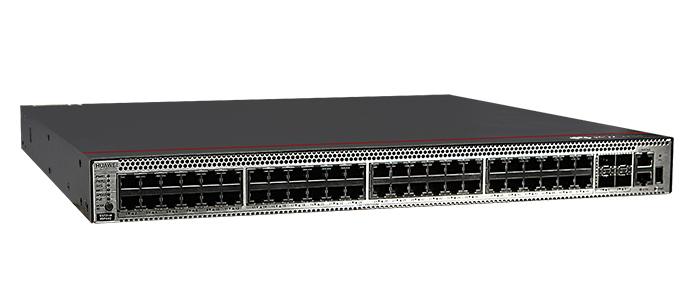

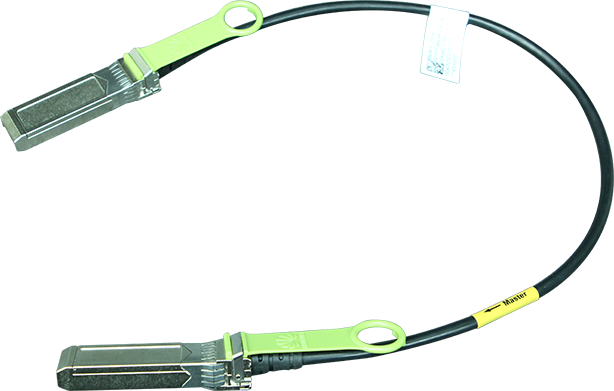
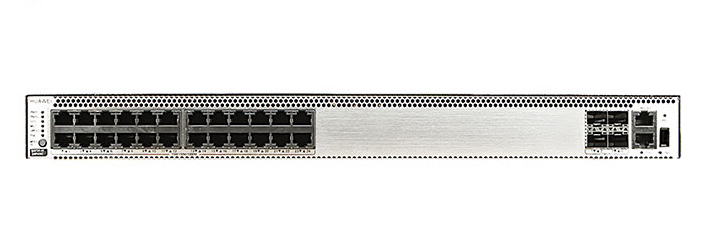
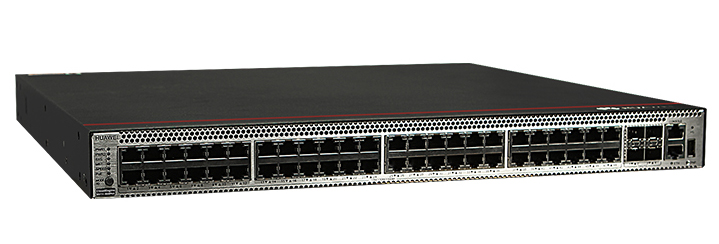


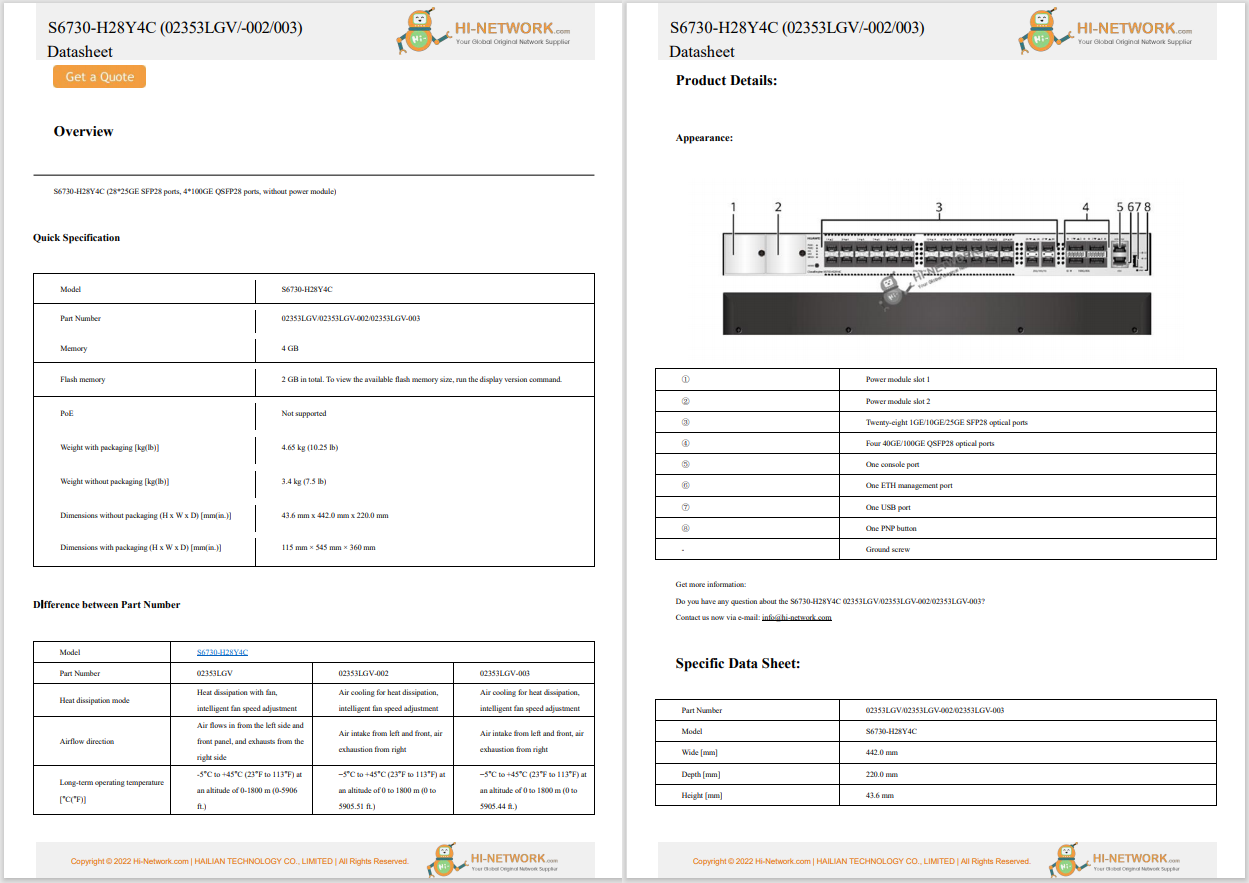

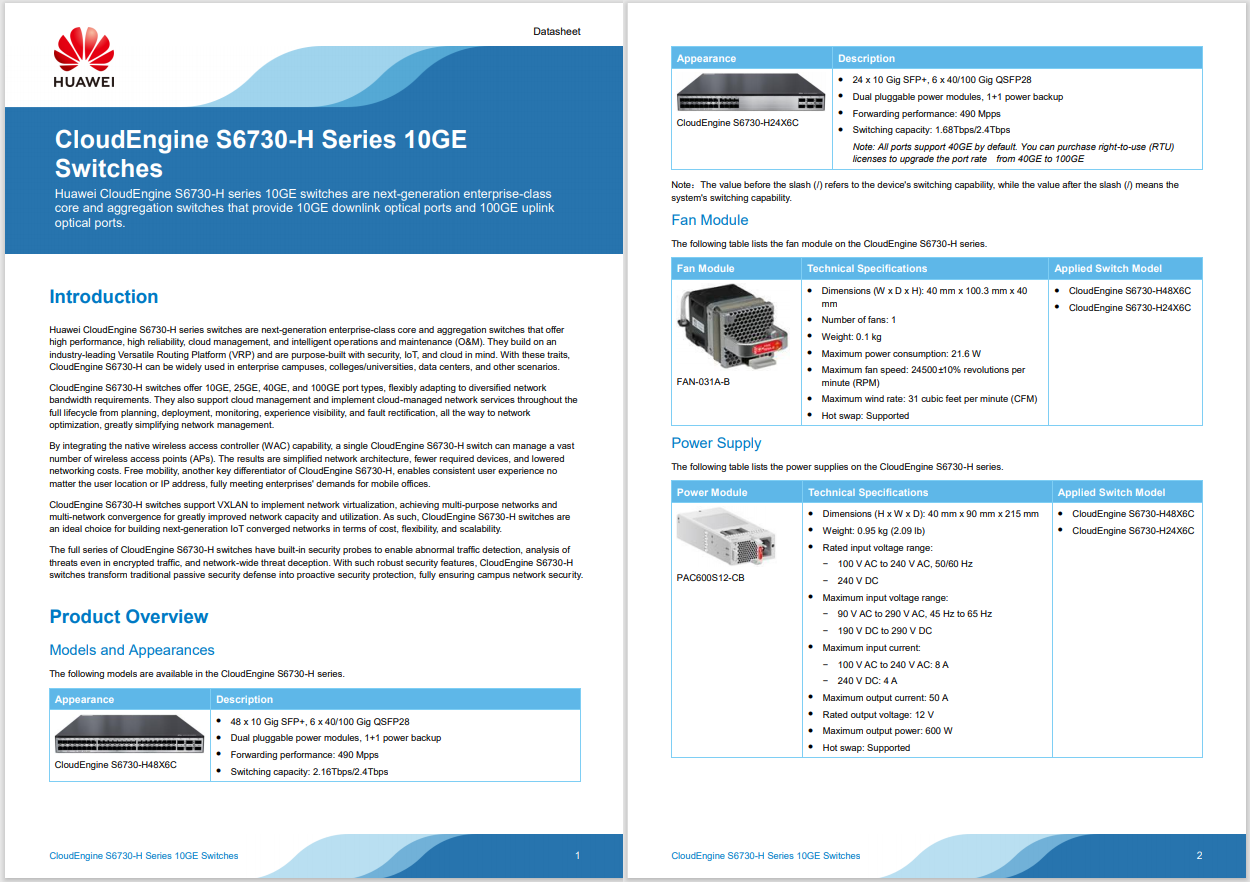
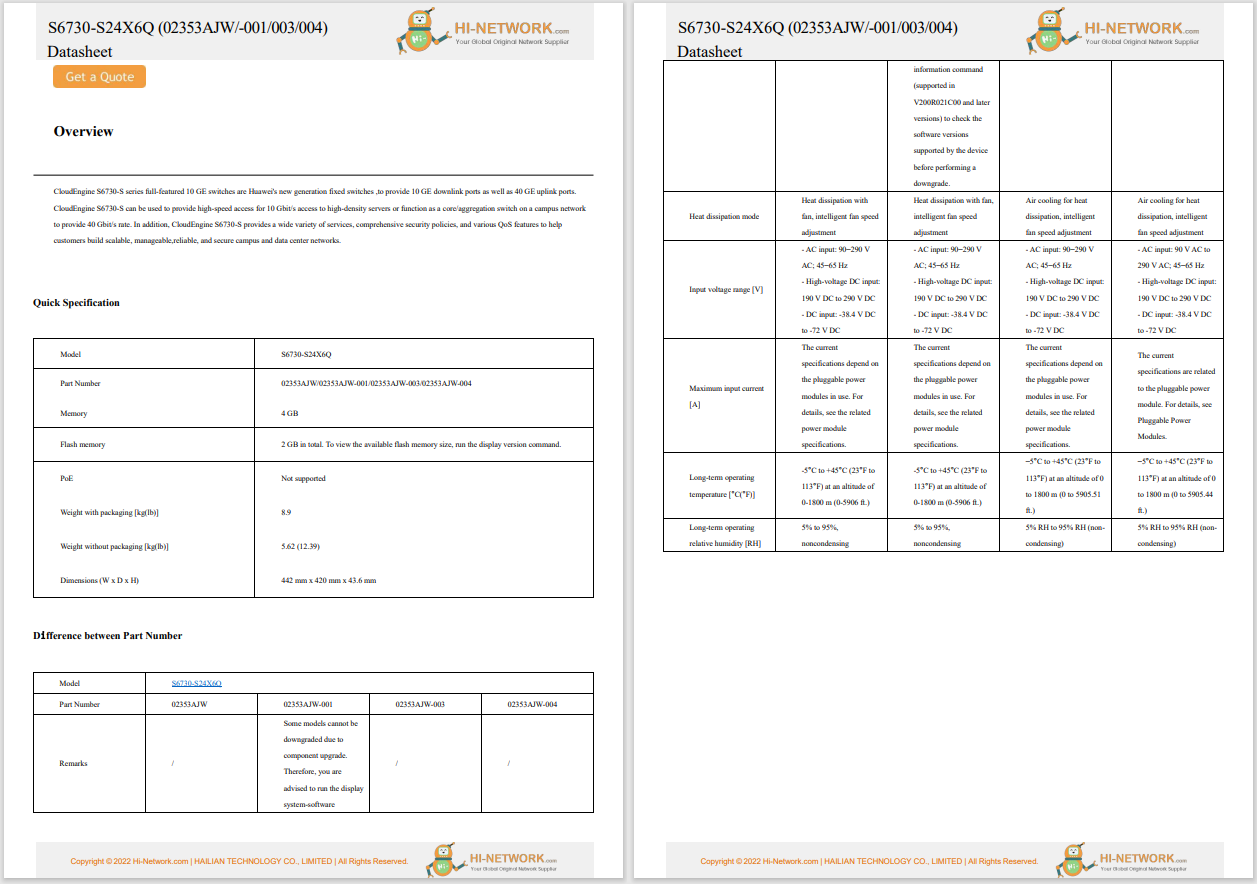

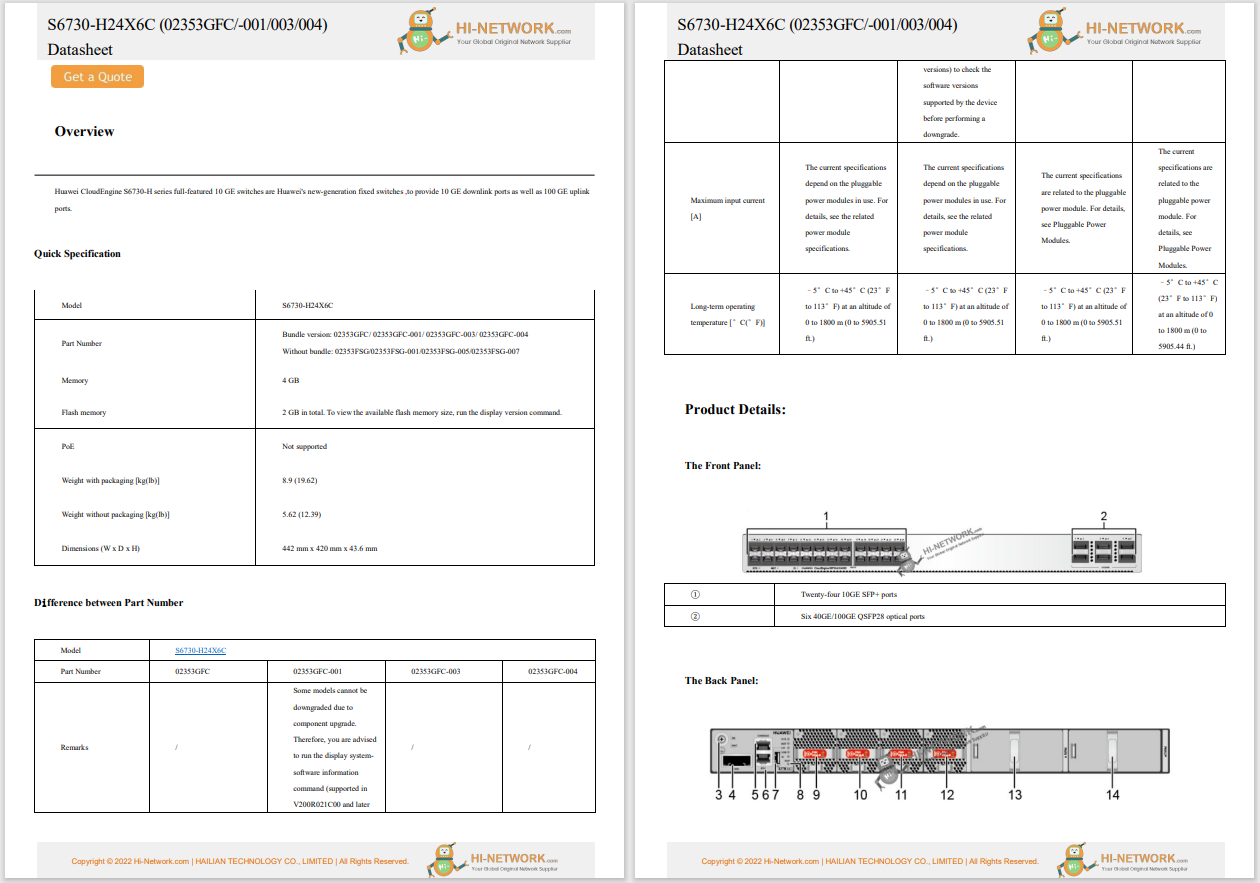
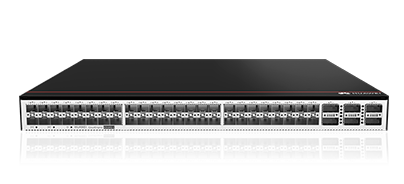
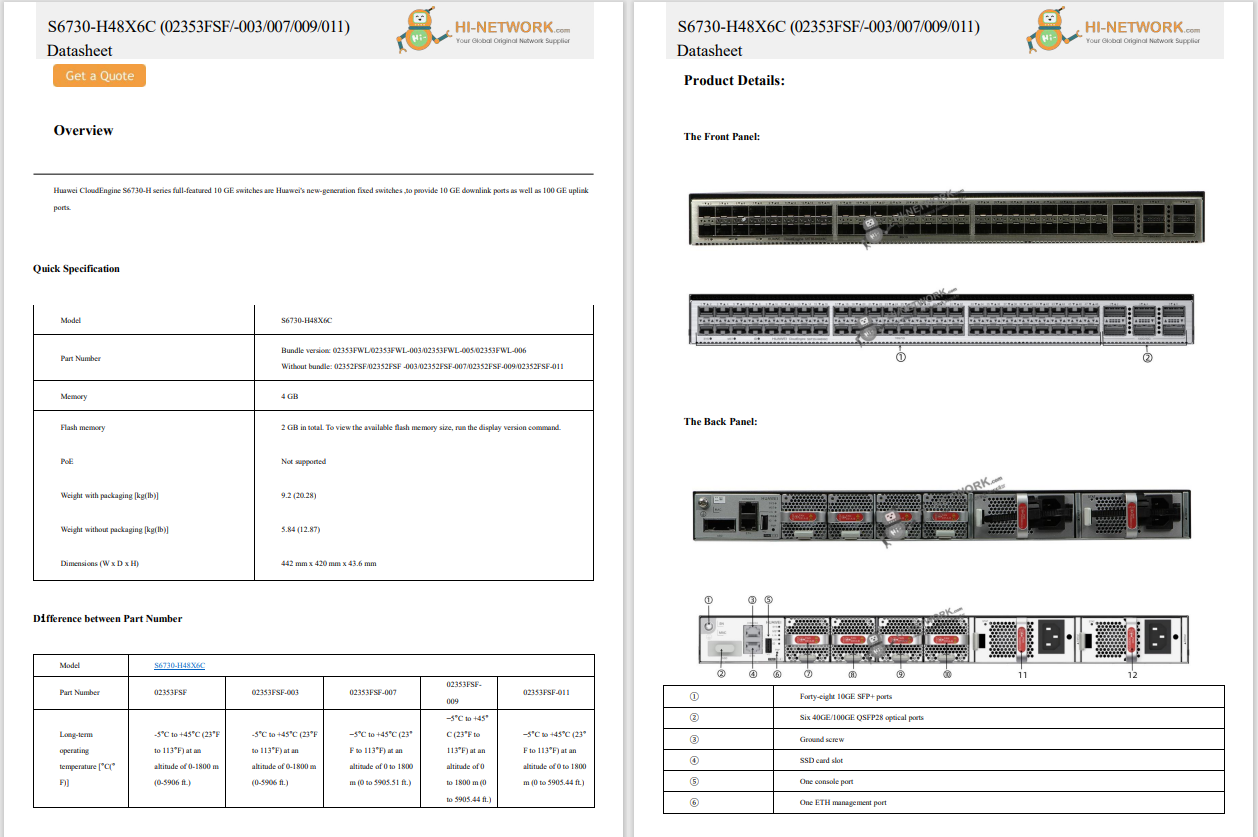
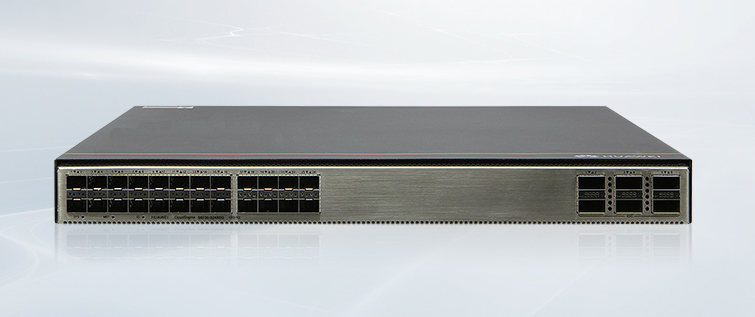


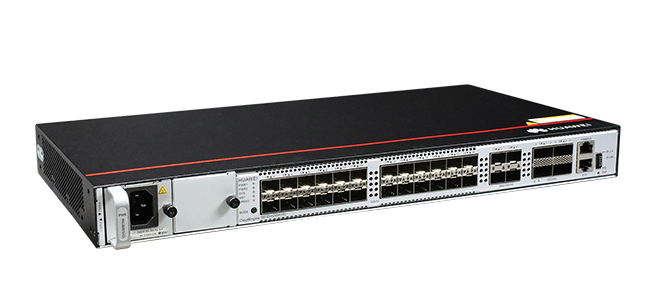
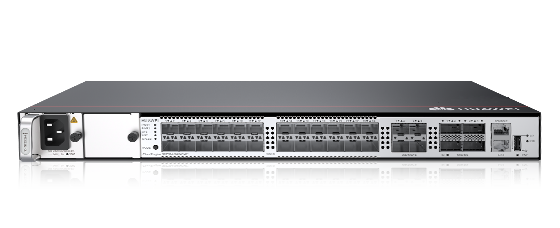
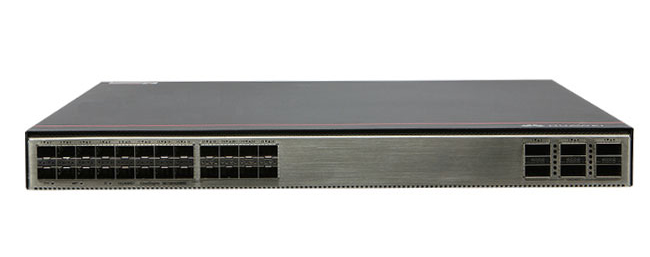


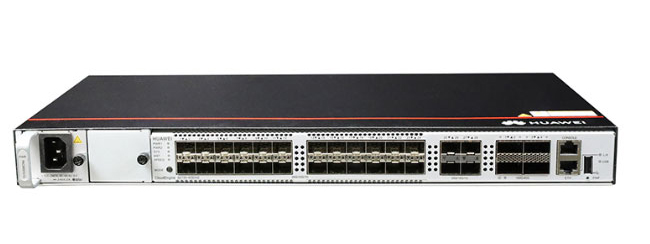
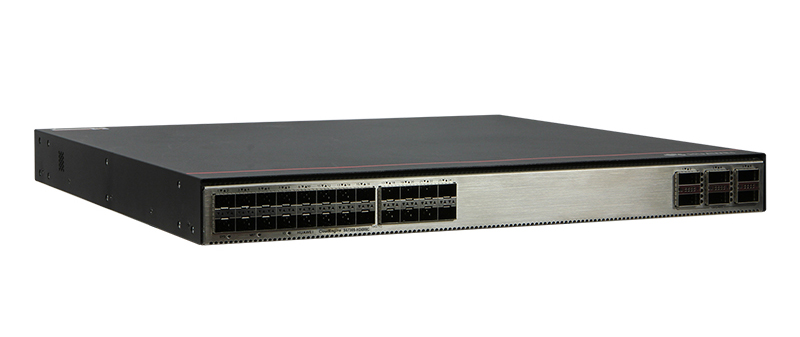
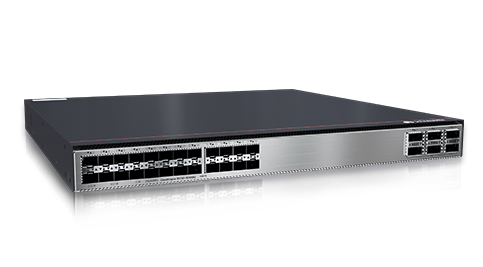
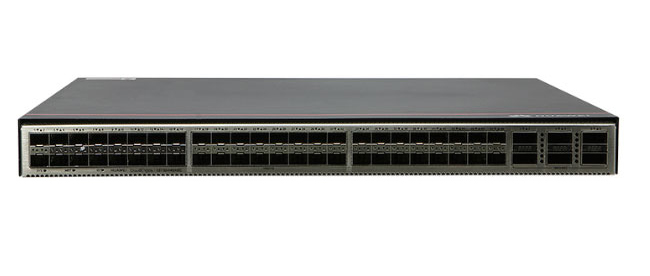

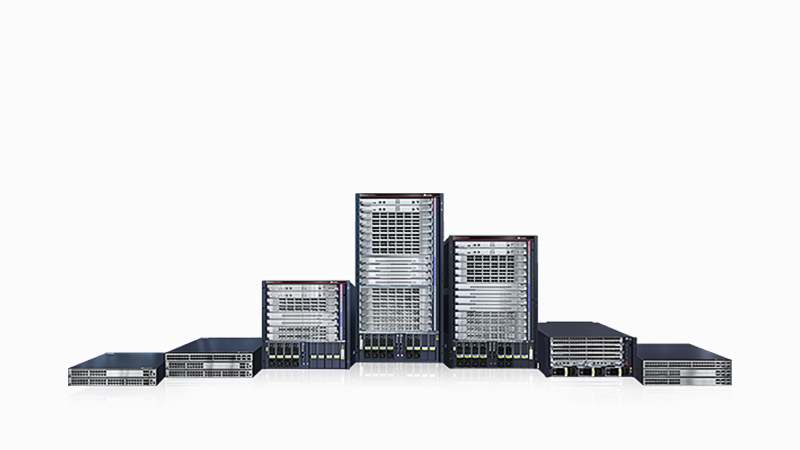

Microsoft owner and founder Bill Gates poses outdoors with Microsoft's first laptop in 1986.
Microsoft is celebrating its 50th birthday this week. I've been a keenly interested observer for most of that history. I started writing about Microsoft technologies as a full-time job more than three decades ago, and I was an enthusiastic early adopter of the company's products for a decade before that. Thinking back on that history brings back a flood of memories.
When one talks about Microsoft, it's tempting (and easy!) to focus on the numbers and the milestones. Revenue. Gross margins and profits. The number of employees and partners. And, of course, the stock price. You will be bombarded with timelines and charts this week, I guarantee.
PCMag: Remember these 10 breakthrough Microsoft products?
Those numbers are important, of course, but for me they're mostly markers, small flags thrown down to mark the ebb and flow of a company that has genuinely changed the world as we know it.
Officially, Microsoft plans to blow out those birthday candles on April 4, 2025. That's an arbitrary date, frankly, because Microsoft's early days were not exactly well organized. The company did a lengthy series of history videos in 2009 that chronicled each year of its existence starting in 1975, and that date is nowhere to be found in the opening episode.
Anyway, that series ended abruptly with a segment on 1999, accompanied by this apology:
1999 is the Series finale because we may try and do something a bit different for the last decade which would include the years 2000 to 2009. Maybe go a bit more indepth. We haven't decided and they have not been shot yet.
They did not ever pick up this project again, for reasons that might become obvious as you continue reading.
Microsoft made a lot of billionaires, almost-billionaires, and multi-millionaires in their first decade or two. Why? Well ...
If you bought$1000 worth of stock as part of Microsoft's IPO in 1986, that stock is worth$5 million today. Even if you weren't able to buy shares until the end of that day, after they had risen 70% above the opening price, you would still have$1.4 million today.
[Full disclosure: During the many years I have covered Microsoft I have not owned shares in any individual tech companies, including Microsoft.]
Now think of the thousands of Microsoft employees who were granted stock shares as part of their compensation package in those early years and then stayed at the company for a decade or more. I've done the math, and the number of zeroes gets very large very quickly.
But enough about money. In those 50 years, Microsoft has also had a tremendous cultural impact, not to mention the transformation of the global economy that was enabled by the company's software.
CNET: Bill Gates publishes original Microsoft source code in a blog post
It's convenient to divide the company's history into four distinct eras, one as a startup and then three as a public company. Each of those three public eras coincides with the tenure of the three Microsoft CEOs: Bill Gates, Steve Ballmer, and Satya Nadella. But it's a mistake to think that each of those individuals deserves sole credit (or blame) for what happened while they were occupying the office of the CEO.
Let's start at the beginning.
Paul Allen and Bill Gates in 1984.
When 19-year-old Bill Gates and 22-year-old Paul Allen decided to turn their Altair BASIC program for the MITS Altair 8080 into a commercial product, they were dealing with a small but passionate market of enthusiasts. Steve Wozniak and Steve Jobs were members of one of those enthusiast groups, the Homebrew Computer Club, and they wouldn't sell their first Apple 1 for another year.
Also: How Bill Gates, the Altair 8800 and BASIC propelled me into the PC revolution
At the end of 1975, the brand-new company (which Gates referred to as Micro-Soft) reported total sales of just over$16,000. That's roughly$96,000 in 2025 dollars, which isn't bad for a couple of college dropouts who had hired exactly one employee that year.
The next few years were a struggle, but within a decade, the company was booking more than$100 million in revenue per year. By then, the company had moved to Seattle, and the number of employees had risen to more than 1,000.
When IBM launched the first PC in 1981, Microsoft's headcount began to boom.
Microsoft's early products were programming languages for hobbyists using machines like the MITS Altair 8080. They were nerds writing code to help other nerds write code.
But the real accelerant, the booster rocket that turned Microsoft from a collection of misfits in Albuquerque, New Mexico, into a global juggernaut in the Pacific Northwest, was the 1981 launch of the IBM PC. Just look at the chart above to see what an impact that contract had on hiring.
This story has been told a million times, so I won't repeat it here. (The Wikipedia article on MS-DOS has a solid recap.)
Every IBM PC included a copy of PC-DOS, which Microsoft had adapted from 86-DOS, which in turn was a clone of Digital Research's CP/M, ported to run on Intel's 8086 processors. Microsoft received a royalty from IBM for every copy of PC-DOS it shipped. Crucially, the deal with IBM allowed Microsoft to continue selling its own variant of the operating system, MS-DOS, which meant more licensing revenue from clone makers like Compaq and Leading Edge.
Also: It's back! Microsoft and IBM open source MS-DOS 4.0
And the clone-makers took full advantage of their ability to undercut IBM's high prices. Full disclosure: I bought a Leading Edge Model D in 1986, paying more than$2000 for an IBM PC clone that had a 30MB hard drive. (Yes, 30MB. That is not a typo.) That was a tiny fraction of what the same machine would have cost had it carried an IBM logo. Adjusted for inflation, that would be equivalent to more than$5,300 today.
Over the course of its first decade, Microsoft shipped Word and Excel, which brought in a spectacular amount of revenue to supplement the torrent of dollars that were coming in with MS-DOS.
What's remarkable to remember about this time is the role of Apple. Through the years, Microsoft and Apple have squared off over and over again, but in those early days, Microsoft made huge sums of money selling its application software to people who had bought one of those first Macintosh models.
Also: The Mac turns 40: How Apple's rebel PC almost failed again and again
Excel came out for the Mac in 1985. It didn't make it to the PC until 1987. I vividly remember being at a backyard dinner party in 1986 when a good friend could not stop raving about the absolute awesomeness of Excel on his new Mac. "Life-changing," he called it.
Although the companywide revenue numbers might seem ridiculously small to an observer in 2025, the cost to individual users was staggering. Just how expensive was productivity software in those days? If you grumble at the thought of paying$10 a month for a software subscription, prepare for some sticker shock.
Microsoft Pascal cost$195. Borland's Turbo Pascal was an unbelievable bargain at only$69.95.
Anyway, if you wanted the top three PC/MS-DOS applications of the era -- WordPerfect, 1-2-3, and dBase -- you would be paying nearly$1700, which would be about$4500 in 2025 after adjusting for inflation. That's nearly as much as the underlying hardware cost.
What a time to be alive.
Display boxes at the launch of Microsoft's Windows 95 operating system software, sold at midnight on August 23, 1995, in London, England.
Microsoft's initial public offering on March 13, 1986, was a big deal, the "IPO of the year," according to lead underwriter Goldman Sachs. By modern standards, the IPO seems downright modest, raising$61 million for the company ($163 million in 2025 dollars).
Demand was enormous, and the company began a growth curve that was staggering. By the end of 1987, Gates was a billionaire, with most of that wealth attributable to a stock price that was skyrocketing thanks to licensing revenue from MS-DOS and PC-DOS and a growing collection of apps that would later become Microsoft Office.
When financial analysts talk about "hockey stick growth curves," this is what they mean.
From 0 to 20 billion in 24 years? That's fast and furious.
The decade became a series of big wins.
In its 1990 annual report, Microsoft noted the enormous growth of the PC market: "In 1980, approximately 1 million people used personal computers. By 1990, that number had grown to 50 million." More than 90% of them were PCs running Microsoft's operating system and Microsoft desktop applications like Word and Excel.
Also: Dell turns 40: How a teenager transformed$1,000 worth of PC parts into a tech giant
That was also the year Microsoft founded its corporate consulting group and expanded its work with system integrators, cementing its status as the preferred computing services provider of big corporations worldwide.
Apple's Macintosh was a modest success at that point, having sold 5 million or so units. But with Steve Jobs having been forced out of Apple, the company was floundering. Meanwhile, Microsoft was turning Windows into an unstoppable force, reaping huge successes with Windows 3.1 in 1991 and then creating a cultural event with the release of Windows 95.
I don't need to recap the history of Windows here, because I already did that 10 years ago: "30 years of Windows: 10 milestones that changed the face of computing."
Windows 95 and Windows NT 4 were built for different customers but shared a user interface.
From a modern perspective, those early releases might seem cringeworthy. But they allowed businesses to get work done, and that was what mattered. As former Apple CEO John Sculley said years later, "People said, 'Well, maybe the IBM PC isn't as easy to use or is not as attractive as the Macintosh, but it actually does something which we want to be able to do
 Hot Tags :
Business
Hot Tags :
Business